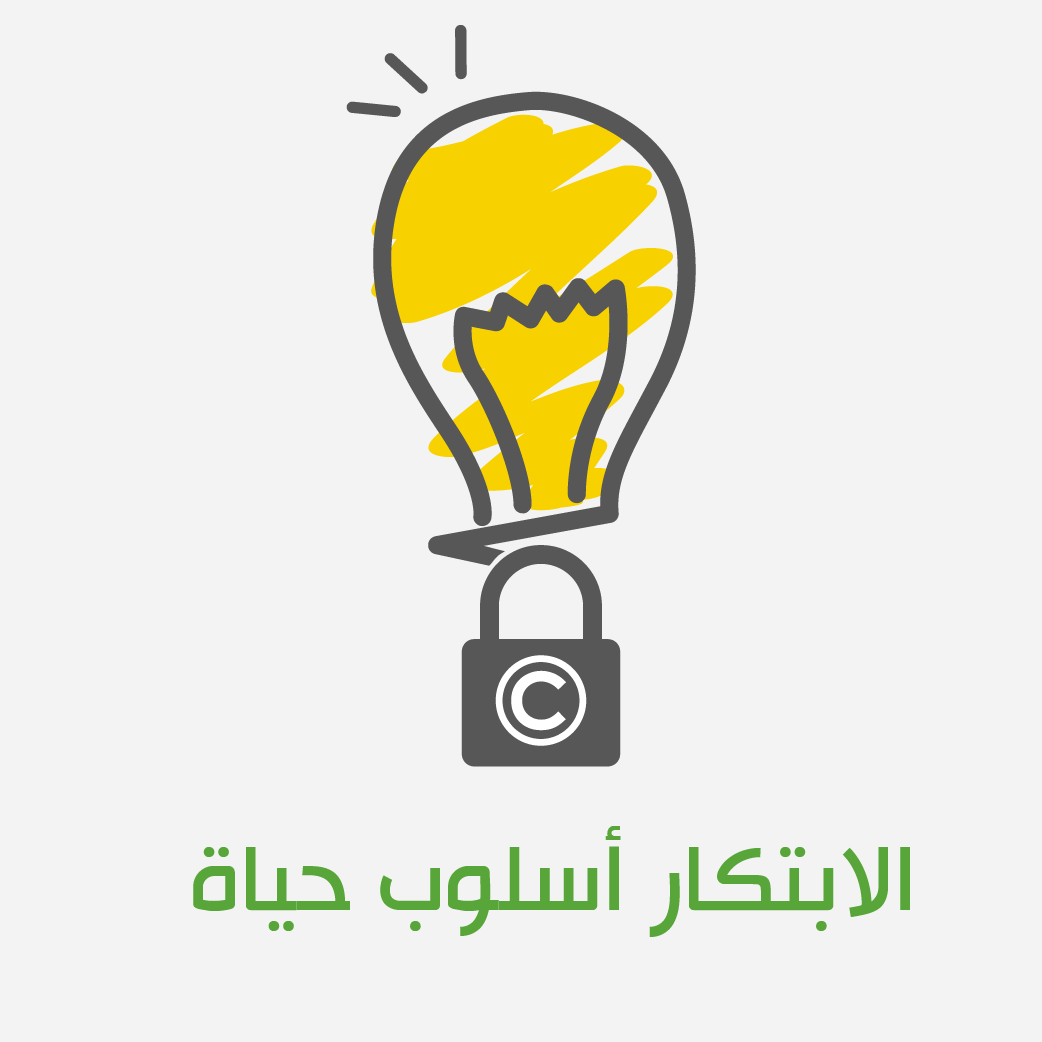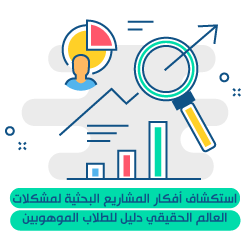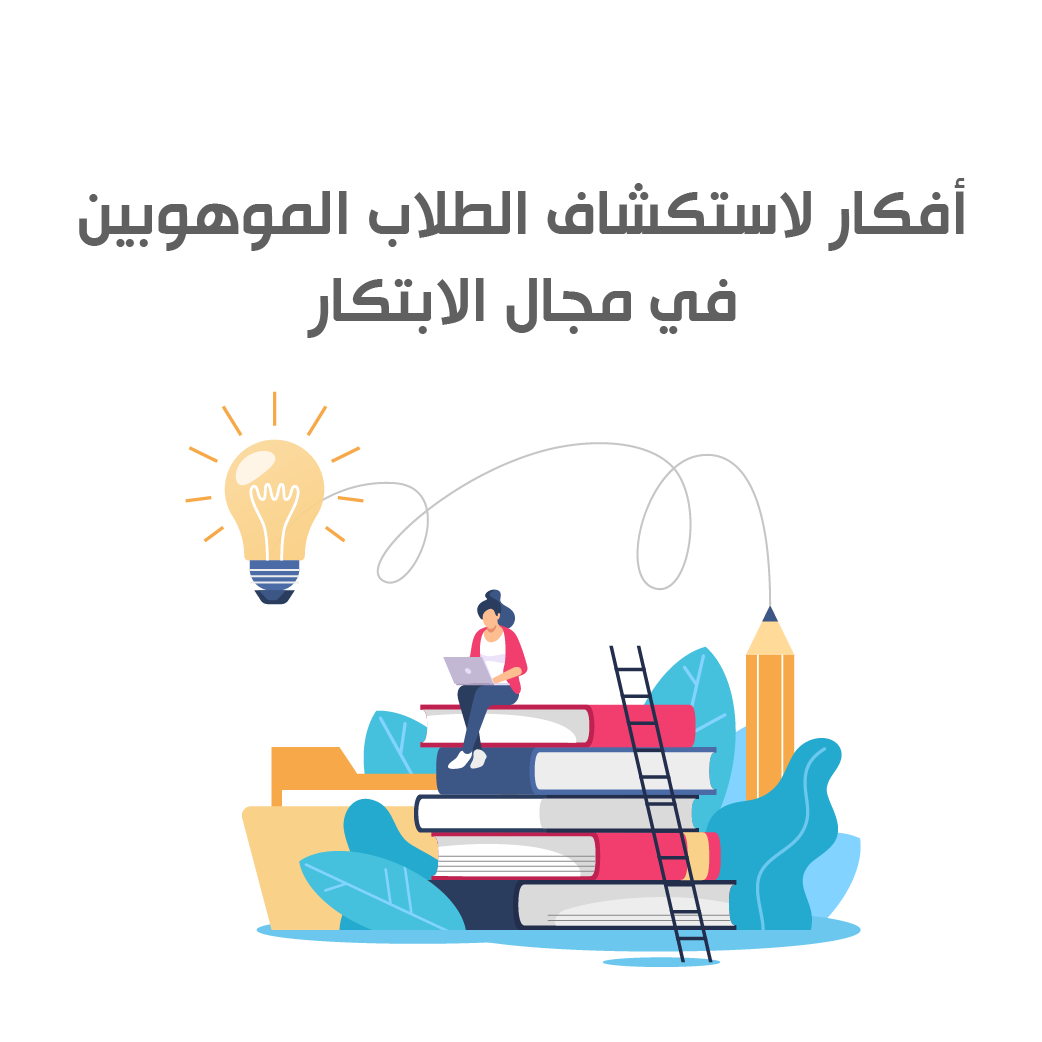Youth and creativity

A. Rafqa Al-Saadoun
Innovation
17
Youth, with their unlimited energies, are the greatest engine of creativity, production and development in society. What supports plans to invest in the energies of youth in the Kingdom of Saudi Arabia is the nature of the Kingdom’s demographic structure, which indicates that 67% of the population are youth and children; that is, more than two-thirds of Saudi society, while the age group (15-34) represents 36.7% of society.
The number of young people in the age group (15-24) is expected to increase during the period (2020-2030) to constitute 25.2% of the total population of the Kingdom of Saudi Arabia.
Based on this data, and based on what was stated in the General Authority for Statistics report (2020), as well as what was issued by the Ministry of Human Resources and Social Development, we can call Saudi society a young society.
The Kingdom's Vision 2030 was consistent with the nature of the demographic structure, as this vision paid clear attention to this age group, and this is clearly evident through the strategic objectives of the vision, including Goal (15) in the Human Capacity Development Program, which focuses on improving the readiness of youth to enter the labor market, as well as Goal (16) in the Human Capacity Development Program, which focuses on enhancing and supporting the culture of innovation and entrepreneurship. In this field, the Kingdom of Saudi Arabia has achieved great achievements; as the research, development and innovation system witnessed qualitative leaps in the number of research publications, and the Kingdom of Saudi Arabia has also made remarkable efforts to enhance global research partnerships, until the Kingdom achieved the fourteenth place globally in the number of published research on the Corona pandemic.
In light of this national environment that supports youth and their creativity, parents must work to care for and raise their children within this age group (youth), and work to create a supportive and stimulating environment that starts from home first as a generator and main incubator for creative energies, with parents trying to discover their children's talents, as well as helping them discover their passions, and then the parents direct and nurture those talents. Assuming that parental care for talent consists of two basic stages, they are: The first stage represents the preparation in which work is done to create an environment in which creative ideas are generated by urging and encouraging young people to search the Internet, as well as encouraging them to read in all areas of their scientific interests; which opens up diverse horizons for them through which they learn about the latest scientific inventions and innovations, and based on this reading, the area of passion and interest is determined and discovered, and from here the starting point is to solve existing problems or predict future problems that may occur and work to solve them or think of solutions for them. Then comes the second stage, which represents evaluation and guidance, in which the talent is evaluated under the supervision and care of the parents. This stage includes two sub-stages: the first stage, in which the classification is done according to the type of talent; is it an invention, an artistic talent in all its forms, the creation of electronic applications, the writing of books, scientific research, etc.
Based on this classification, the talent is dealt with according to certain principles. For example, if the classification is in the field of inventions, parents are expected to help their children and guide them to ensure the originality of the idea by searching the Internet for the invention idea. After ensuring that the idea is new by employing self-research, it is preferable to move to the next step, which is to ensure the originality of the idea and its novelty through a specialized service, which is the initial search provided by patent offices. This service helps the inventor ensure that he is on the right track; that is, the invention is new and has not been previously addressed or published in global patent databases. After that, the patent application is drafted according to certain standards set by the patent office. This drafting process is done either independently or by seeking the help of specialists in this field (a patent researcher or a law firm, for example). After that, the application is filed with the patent office, which examines the application and gives the result based on the objective examination process.
The second sub-stage of evaluation and guidance is classification according to the children’s age group. Based on the age group, the direction is determined; if the son or daughter is in high school or earlier, he or she is directed to the Mawhiba Foundation to nurture his or her talent. If the son or daughter is in university, his or her talent is dealt with through the innovation and talent care centers in the universities that provide him or her with the necessary service through support, guidance, follow-up and care so that he or she can choose the right direction that ensures optimal benefit from his or her talent so that it is evaluated, guided, nurtured and developed.
From what has been presented, the fundamental role of parents in nurturing and caring for their children’s talents and investing in them and their mental abilities, which constitute the true capital of the nation, becomes clear.
Did you benefit from the information provided on this page?
visitors liked this page


